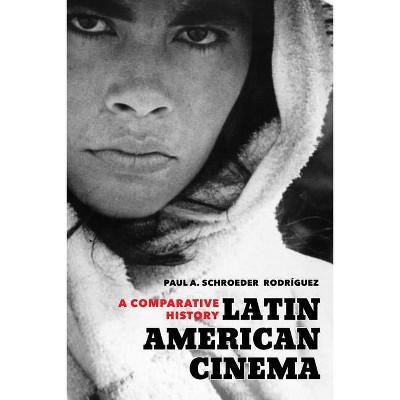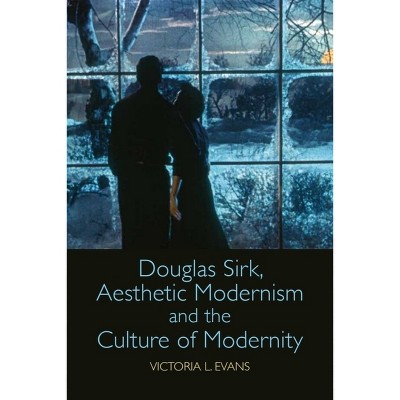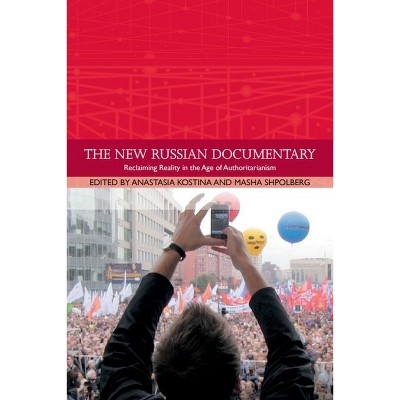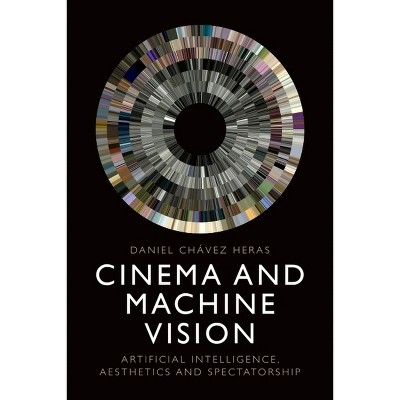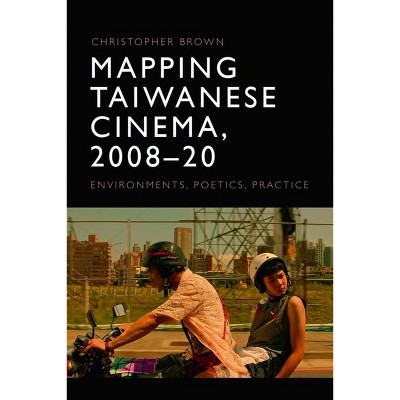Sponsored

Who's in the Money? - (Traditions in American Cinema) by Harvey G Cohen (Paperback)
In Stock
Sponsored
About this item
Highlights
- Harry and Jack Warner were among the most important advocates and fundraisers of President Franklin Roosevelt during his 1932 presidential campaign, supporting his New Deal legislation in successful Great Depression musicals like 42nd Street, Gold Diggers of 1933, and Footlight Parade.
- About the Author: Harvey G. Cohen is a Senior Lecturer in the Department of Culture, Media & Creative Industries, King's College London.
- 248 Pages
- Performing Arts, Film
- Series Name: Traditions in American Cinema
Description
About the Book
Using newly unearthed primary sources, this ground-breaking book examines the bitter and little known struggle in Hollywood and Washington D.C. during 1933 to create a National Recovery Administration (NRA) code of practice for the motion picture industry.
Book Synopsis
Harry and Jack Warner were among the most important advocates and fundraisers of President Franklin Roosevelt during his 1932 presidential campaign, supporting his New Deal legislation in successful Great Depression musicals like 42nd Street, Gold Diggers of 1933, and Footlight Parade. But while the Warner brothers posed as exemplars of the New Deal in real life and in their movies, they were attempting to reverse Roosevelt's policies within their studio and their industry.
Using newly unearthed primary sources, this ground-breaking book examines the bitter and little known struggle in Hollywood and Washington D.C. during 1933 to create a National Recovery Administration (NRA) code of practice for the motion picture industry. But through the manipulation of New Deal legislation, Harry and Jack Warner, along with other studio moguls, sought to curtail workers' rights and salaries instead of bolstering both sides of the labour/management divide as they were supposed to do under NRA regulations, attempting to serve the economic pain of the Depression as much as possible onto artists and craftsmen, not owners or management. With its tales of Hollywood stars and employees fighting to win a fair share of the proceeds of their labour, the creation of the NRA code makes for an intriguing story of financial survival, political intrigue and backstabbing during the worst of the Great Depression.
From the Back Cover
Who's in the Money? The Great Depression Musicals and Hollywood's New Deal By Harvey G. Cohen Series: Traditions in American Cinema Edited by Linda Badley and R. Barton Palmer 'Harvey G. Cohen's Who's In the Money? is a brilliantly written and thoroughly researched study of such classic Great Depression-era musicals as Footlight Parade and Gold Diggers of 1933. The cast of characters - Franklin Roosevelt, James Cagney, Upton Sinclair, Hugh Johnson, among others - is extraordinary. Cohen's enthusiasm for his topic is self evident. Highly recommended!' Douglas Brinkley, Rice University, author of Rightful Heritage: Franklin D. Roosevelt and the Land of America Harry and Jack Warner were among the most important advocates and fundraisers of President Franklin Roosevelt during his 1932 presidential campaign, supporting his New Deal legislation in successful Great Depression musicals like 42nd Street, Gold Diggers of 1933 and Footlight Parade. But while the Warner brothers posed as exemplars of the New Deal in real life and in their movies, they were meantime quietly attempting to reverse Roosevelt's policies within their studio and their industry. Using newly unearthed primary sources, this groundbreaking book examines the bitter and little-known struggle in Hollywood and Washington, DC during 1933 to create a National Recovery Administration (NRA) code of practice for the motion picture industry. But through the manipulation of New Deal legislation, Harry and Jack Warner - along with other studio moguls - sought to curtail workers' rights and salaries instead of bolstering both sides of the labour/management divide as they were supposed to do under NRA regulations, attempting to serve the economic pain of the Depression as much as possible onto artists and craftsmen, not owners or management. Cover image: Gold Diggers of 1933, 1933, Warner Bros. Back cover image: Footlight Parade, 1933, Warner Bros. Cover design: riverdesign.co.ukReview Quotes
Harvey G. Cohen's Who's In the Money? is a brilliantly written and thoroughly researched study of such classic Great Depression era musicals as Footlight Parade and Gold Diggers of 1933. The cast of characters in these pages - Franklin Roosevelt, Walt Disney, James Cagney, Upton Sinclair, Hugh Johnson, among others - is extraordinary. Cohen's enthusiasm for his topic is self evident. Highly recommended!'-- "Professor Douglas Brinkley, Rice University"
Using an extensive variety of sources judiciously, Harvey G. Cohen is able to demonstrate, in a most persuasive manner, the complex ways in which these three film musicals of 1933 played out wider struggles in American society in the midst of the Great Depression. The author ably analyses how the complex interweaving between political, economic and aesthetic factors were so closely interlinked in these films, and the ramifications in the wider political arena. Notions of 'pure entertainment' are thus shown up to be much more complex than they might, at first sight, appear, and this book demonstrates in great detail how light-hearted musicals can have more depth than their glossy surface might initially suggest.--Allister Mactaggart, Chesterfield College "Cercles"
About the Author
Harvey G. Cohen is a Senior Lecturer in the Department of Culture, Media & Creative Industries, King's College London. He is the author of numerous journal articles and book chapters and his monograph Duke Ellington's America (University of Chicago Press, 2010) was named one of the best books of the year by the Washington Post.
